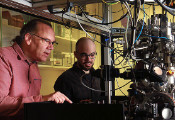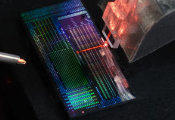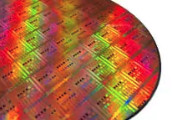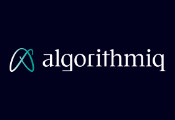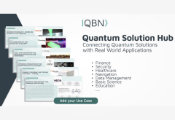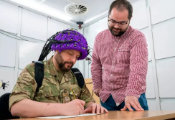Placing Value on Quantum Phenomena in Attosecond Science
October 8, 2024 -- Attosecond science, the field aimed at manipulating and observing phenomena with attosecond (that is, 10^-18 seconds) time-resolution, has opened the door to real-time observation and control in the atomic realm. For instance, it has unraveled previously unseen details of electron dynamics on their natural time-scale or the behavior of matter under extreme conditions.
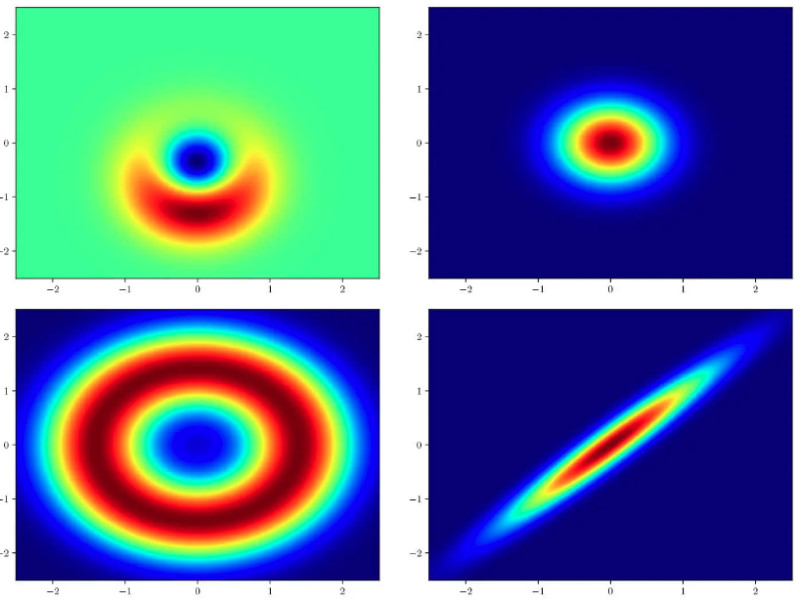
On the other hand, quantum physics is a fundamental theory that describes the behavior of nature at and below the scale of atoms. One would thus expect attoscience and quantum mechanics to be closely related. Indeed, many successful applications arising from the mixture of both disciplines have kept appearing over the years, specially within the areas of quantum optics, quantum chemistry and quantum information science. Still, the ‘quantumness’ of many attosecond experiments has been systematically overlooked. Light used to be treated classically, the presence of entanglement is neglected or unexplored, signs of non-classical features of the field modes are not seen nor searched for, among others. Despite the largely spread lack of consideration, these features might strongly influence experimental and theoretical outcomes.
Now, Philipp Stammer, researcher at ICFO, together with researchers from the University College London, Northwestern University, Institute for Nanostructure and Solid-State Physics (University of Hamburg), have published a comprehensive perspective article in Nature Reviews Physics on quantum phenomena in attosecond science.
The article collects the work of different efforts aimed at unveiling the intrinsic quantum nature of attosecond science, which have evolved in separate manners. For the quantum optical approach to attosecond processes, it highlights where and how deviations from the semi-classical picture (the one using quantum mechanics to describe matter, but classical mechanics to describe light) can be expected. It also provides the first unambiguous classification of quantum and classical phenomena in attosecond science, which had not been carefully defined before. For the field of quantum science, it shows that intense laser-driven processes can be used as a platform for quantum technology applications.
From the wide range of recent achievements, Philipp Stammer highlights “the full quantum optical theoretical description of the process of high harmonic generation (HHG) and above threshold ionization (ATI), showing quantum features such as squeezing and entanglement, as well as the theoretical study of driving HHG and ATI by non-classical light sources”. Experimentally, he considers that “the generation of non-classical field states by means of optical Schrödinger cat states; witnessing entanglement between certain field modes or driving HHG with squeezed light” are some of the main advances.
In addition to overviewing the emerging full quantum descriptions and the increasing interest in entanglement in attosecond processes, the researchers also review some of the future perspectives. This combined field might allow conceiving novel experiments and bringing attosecond science towards optical quantum technologies by engineering quantum light or by using entanglement or quantum coherence as a resource, among other promising applications.


